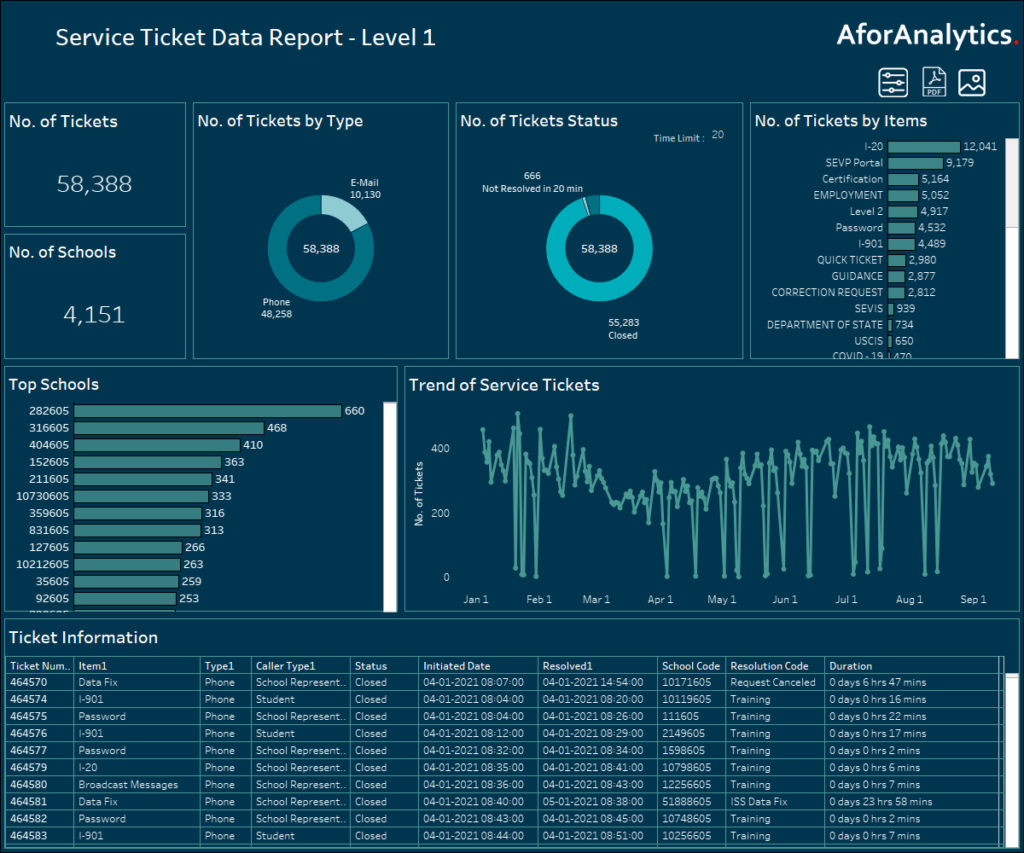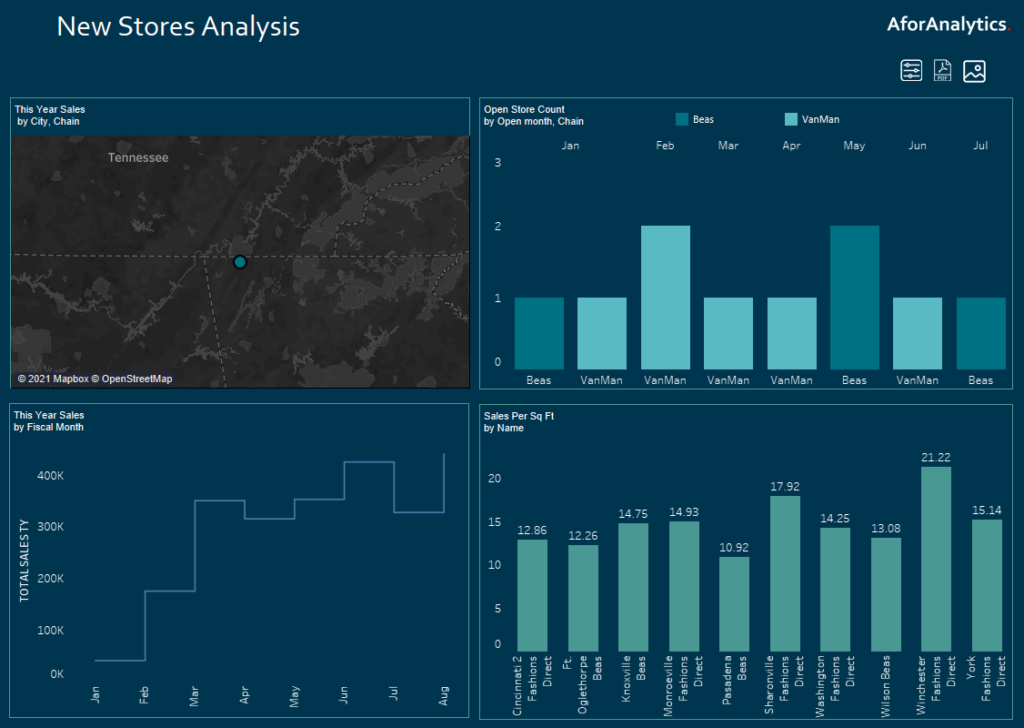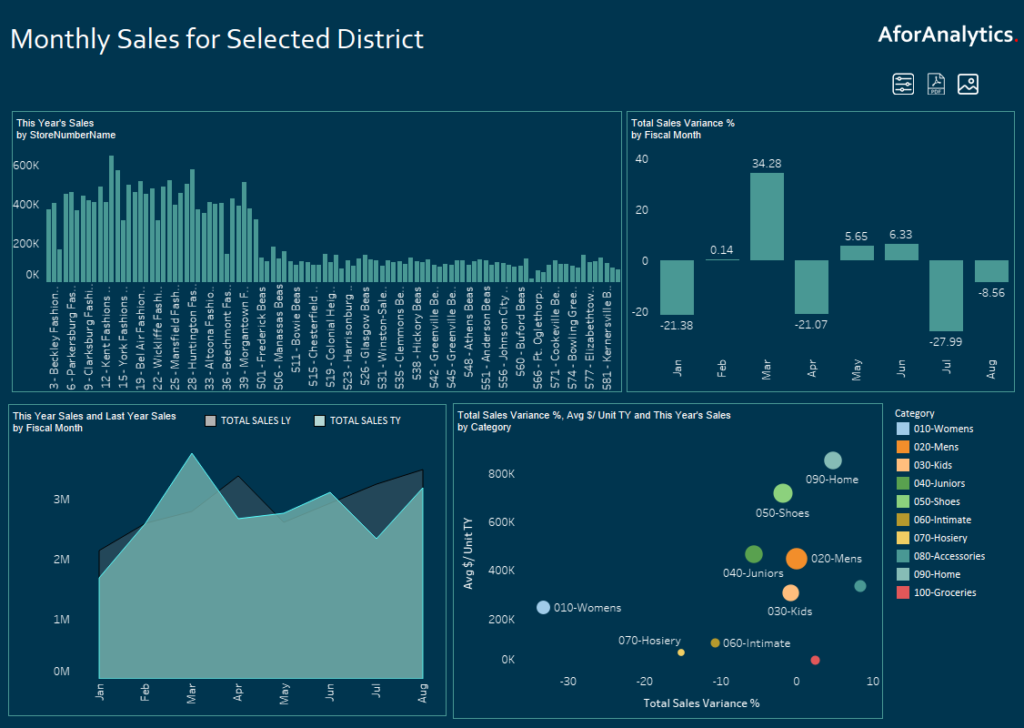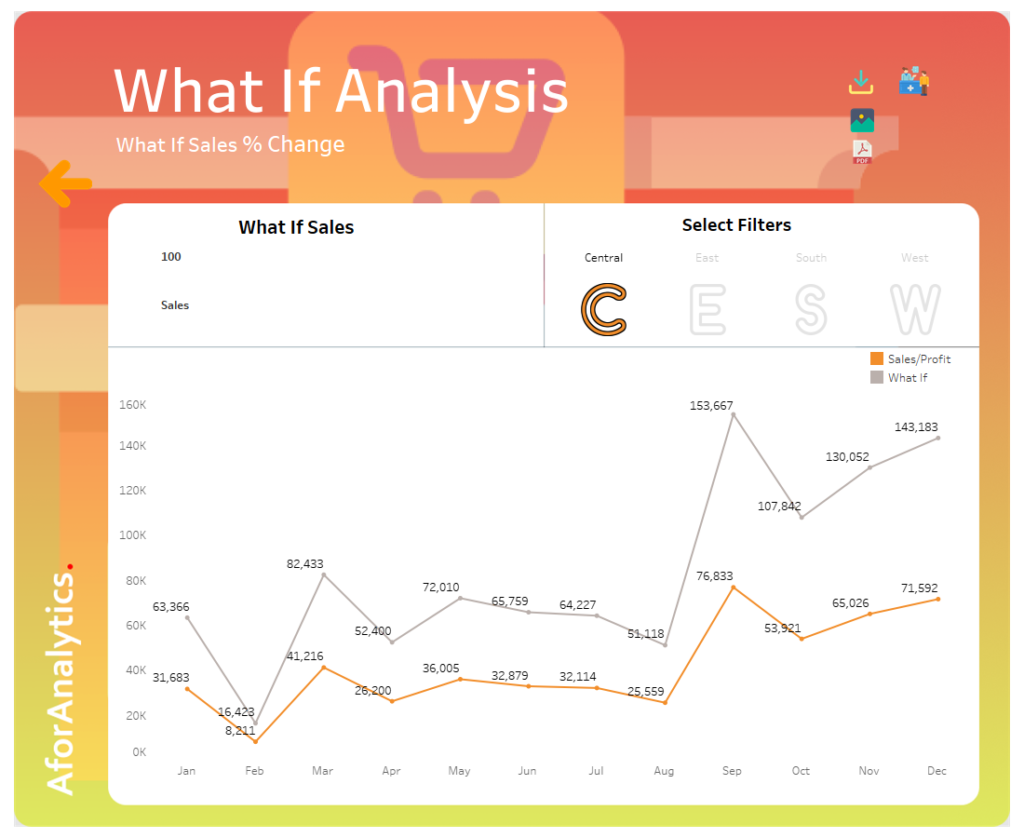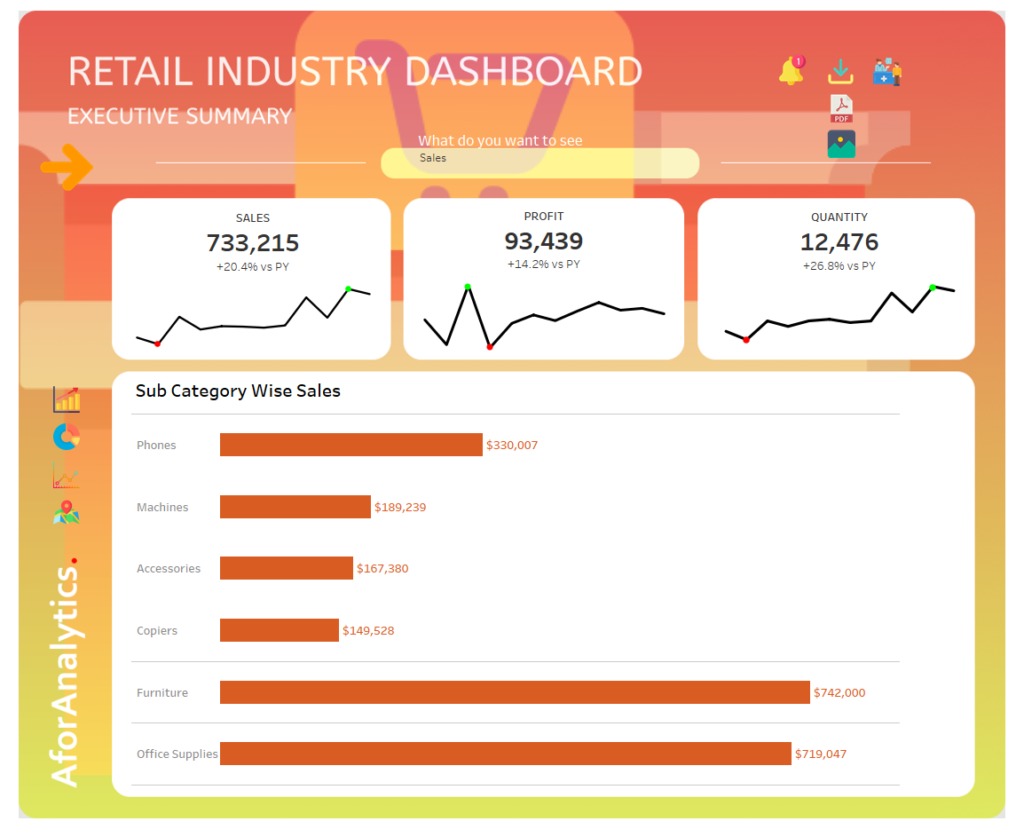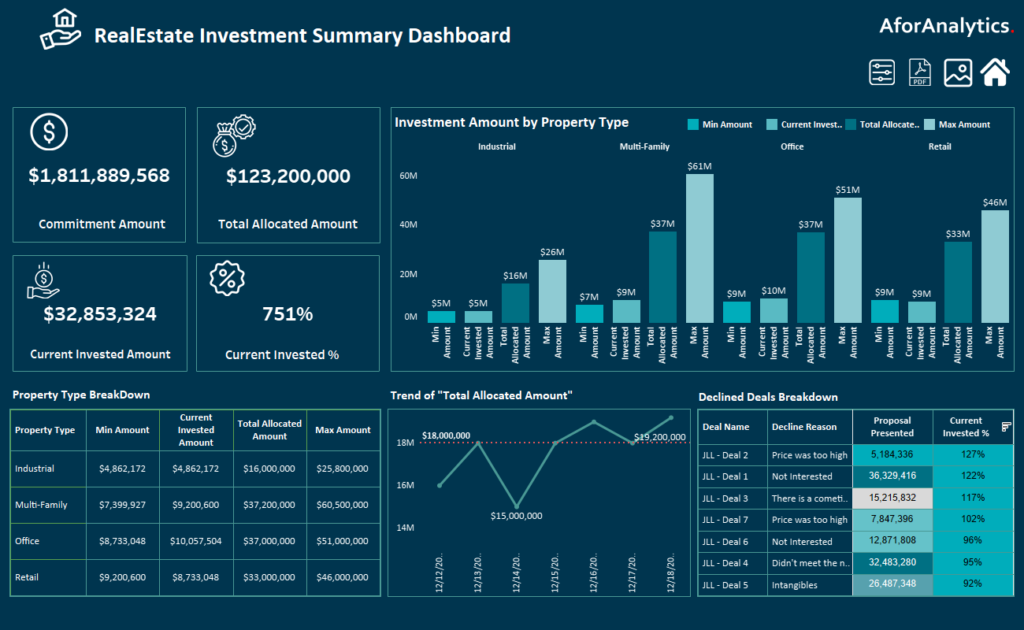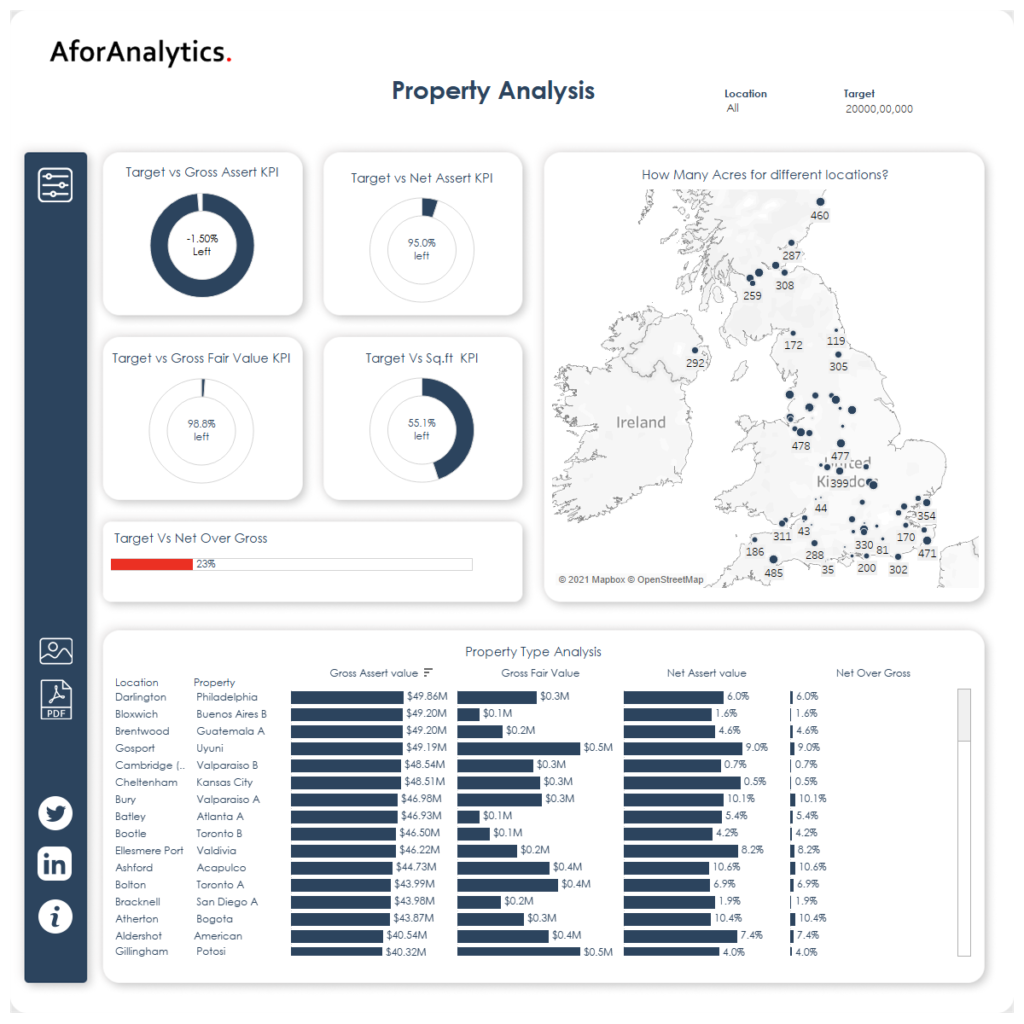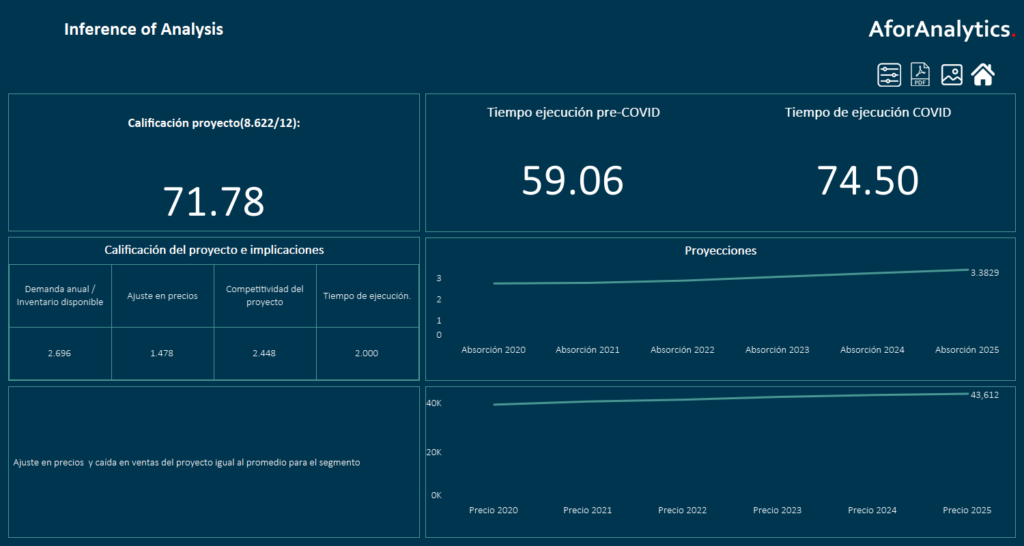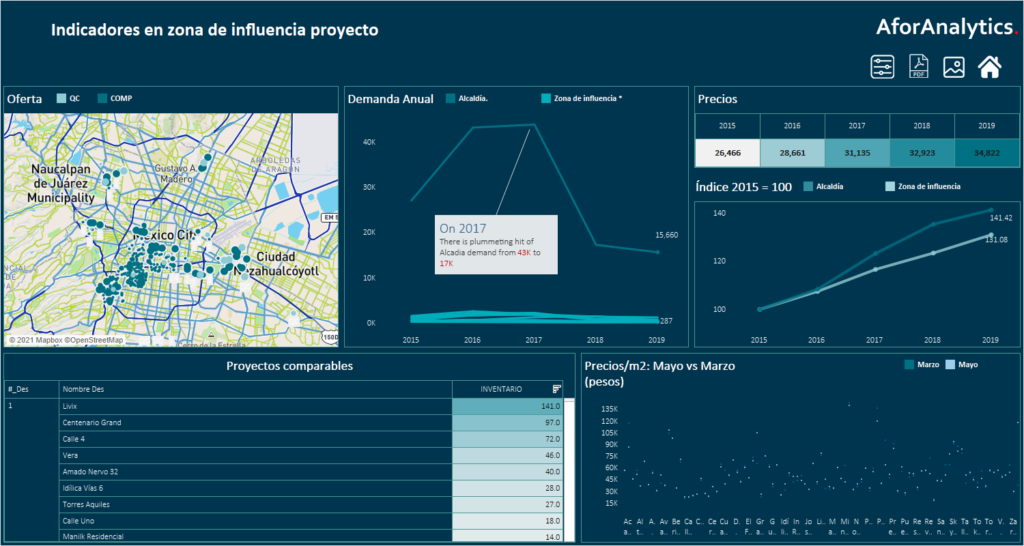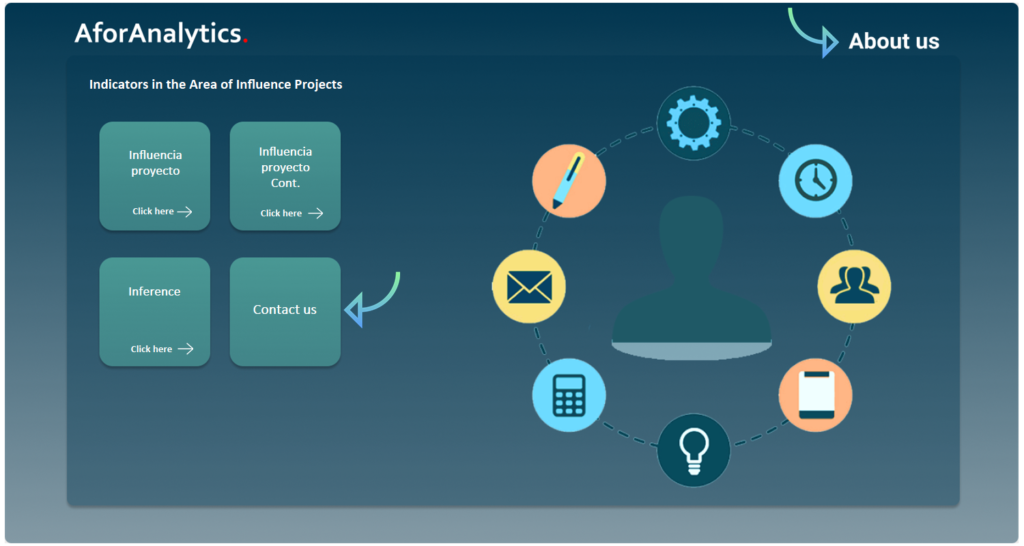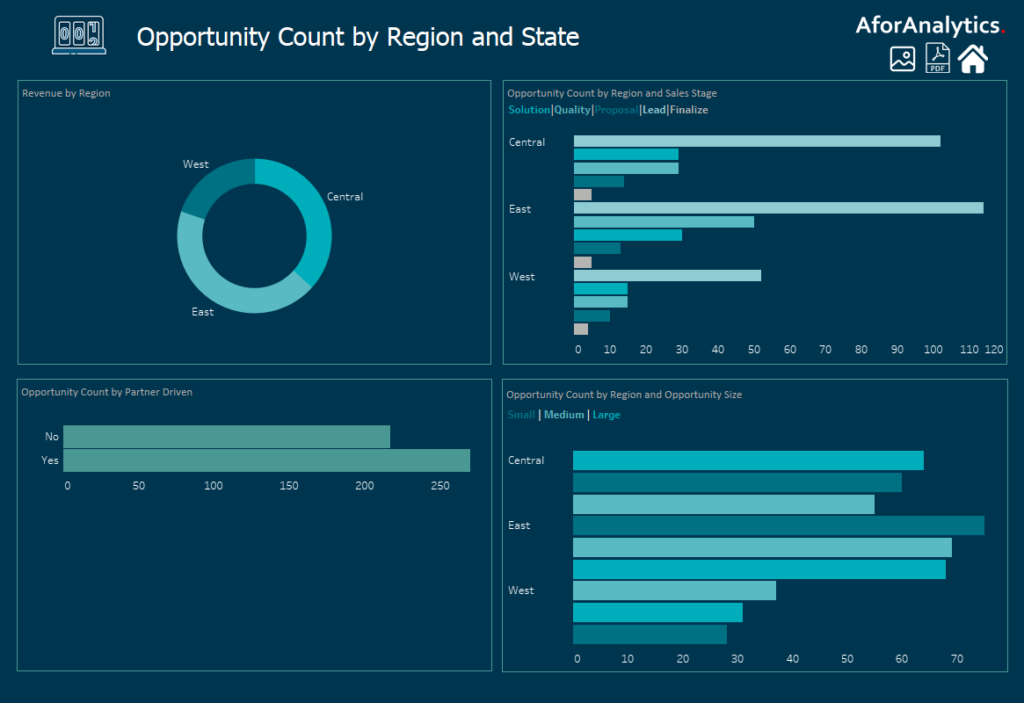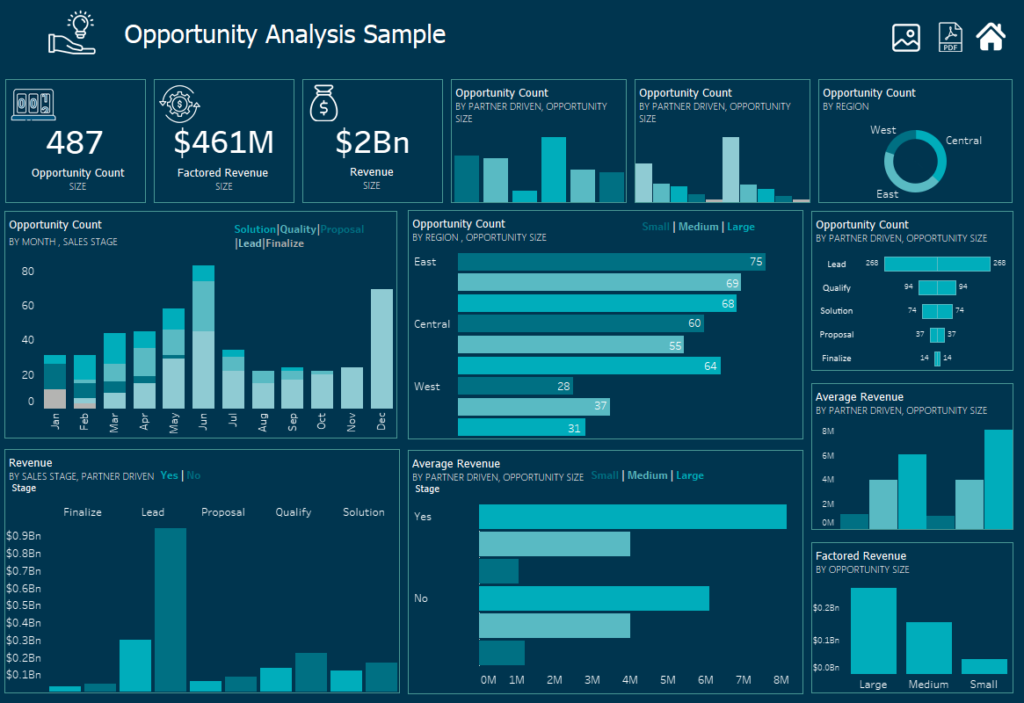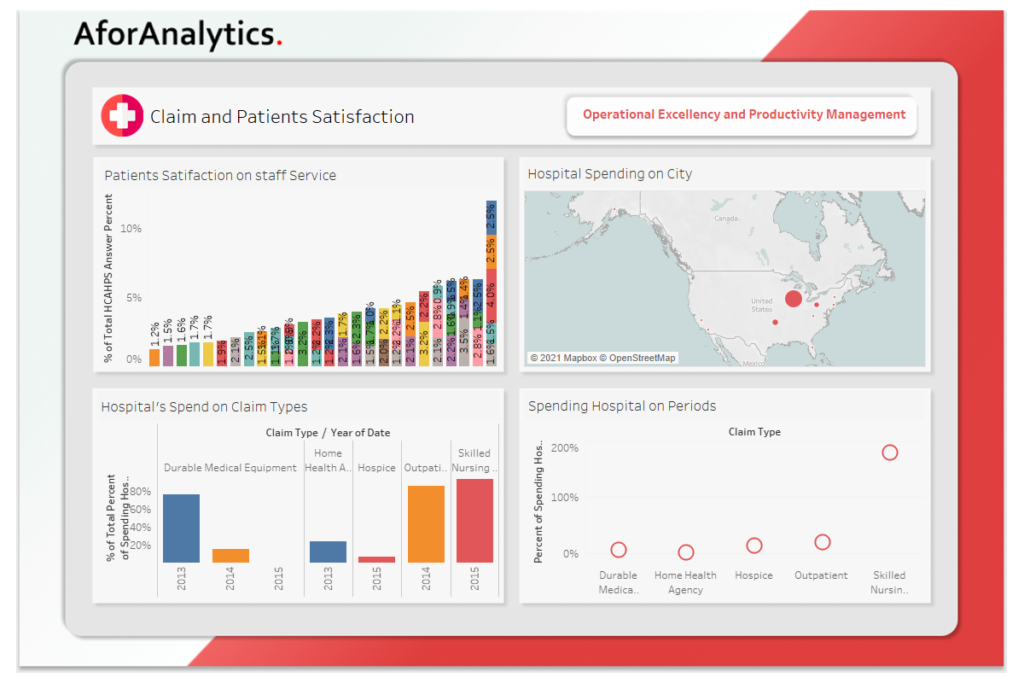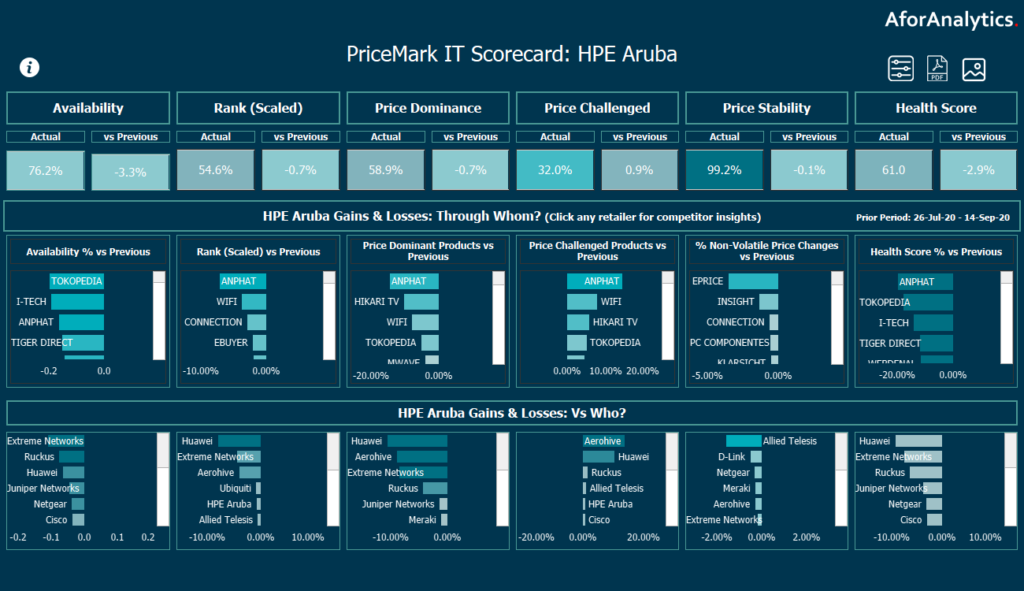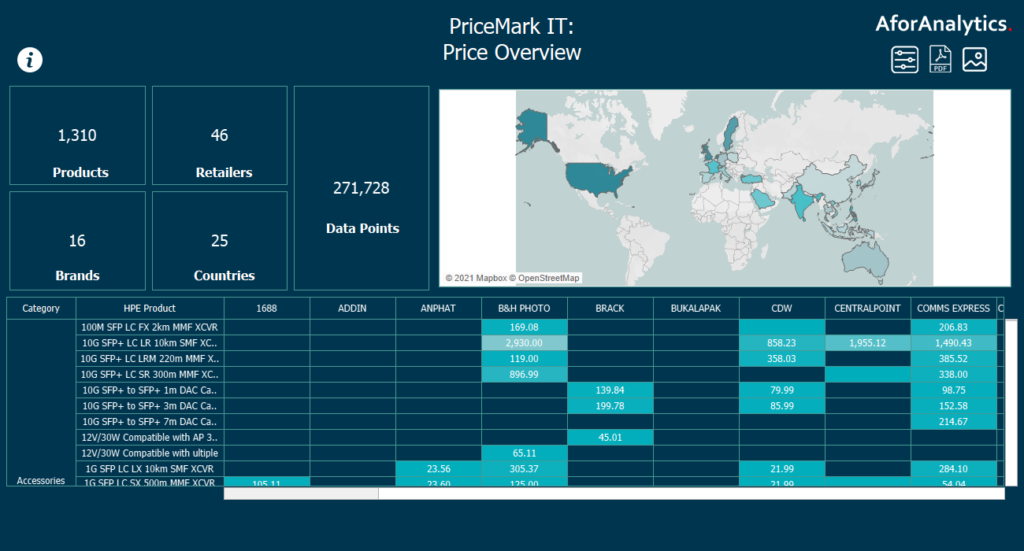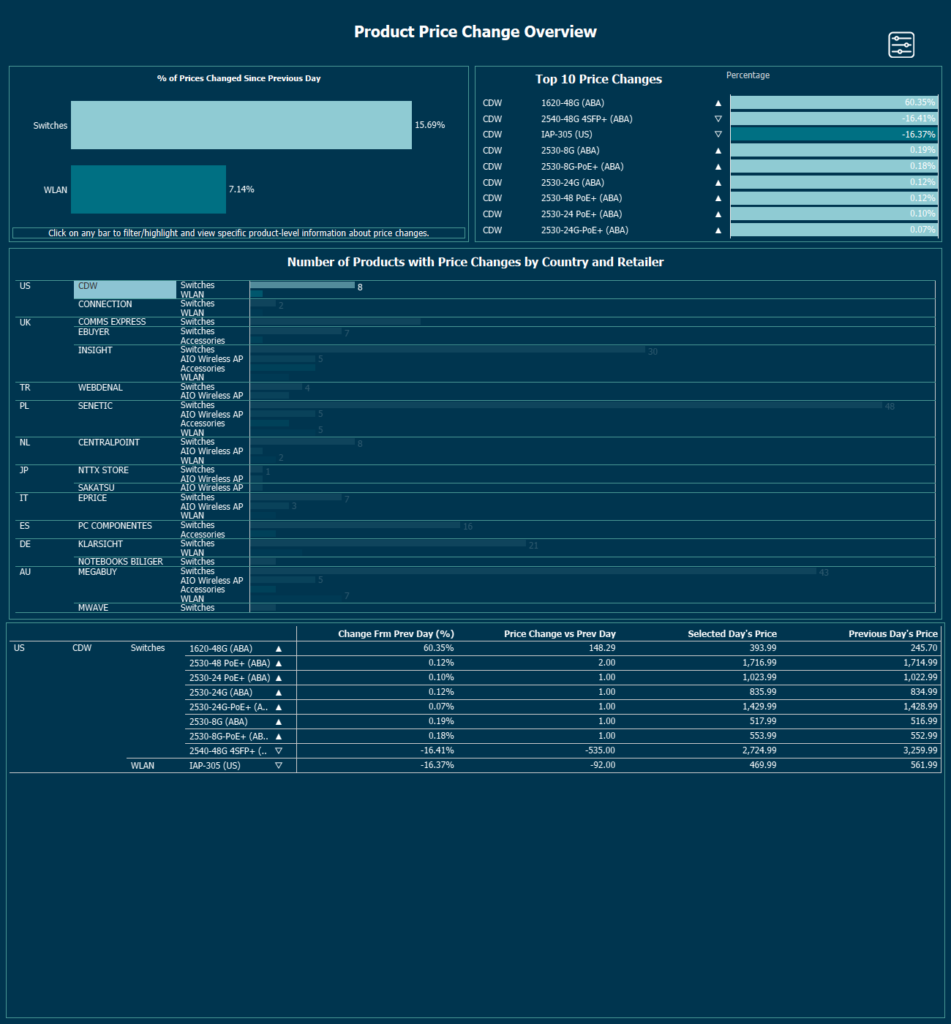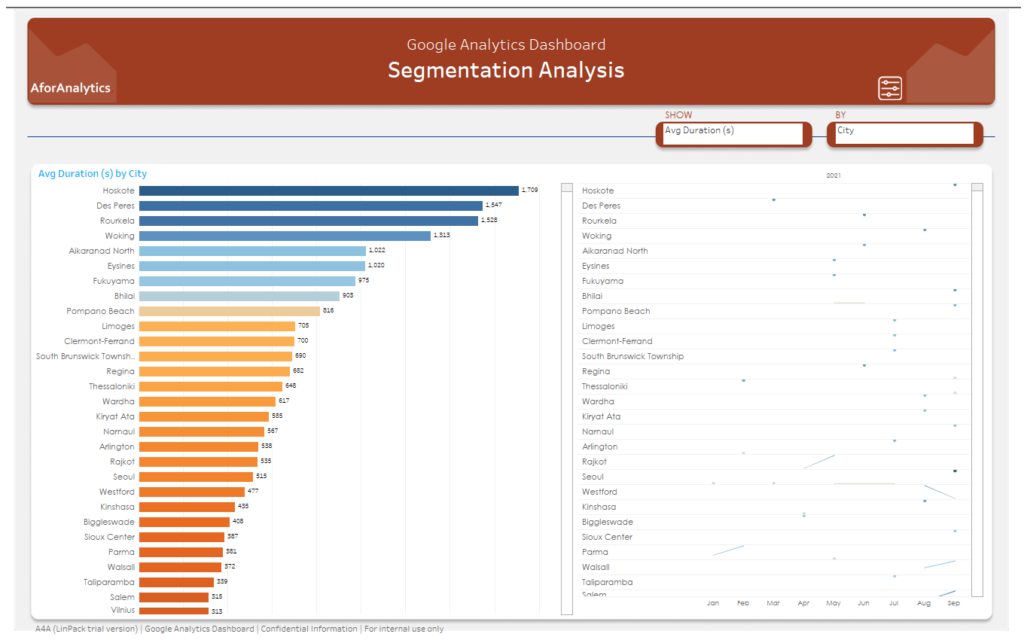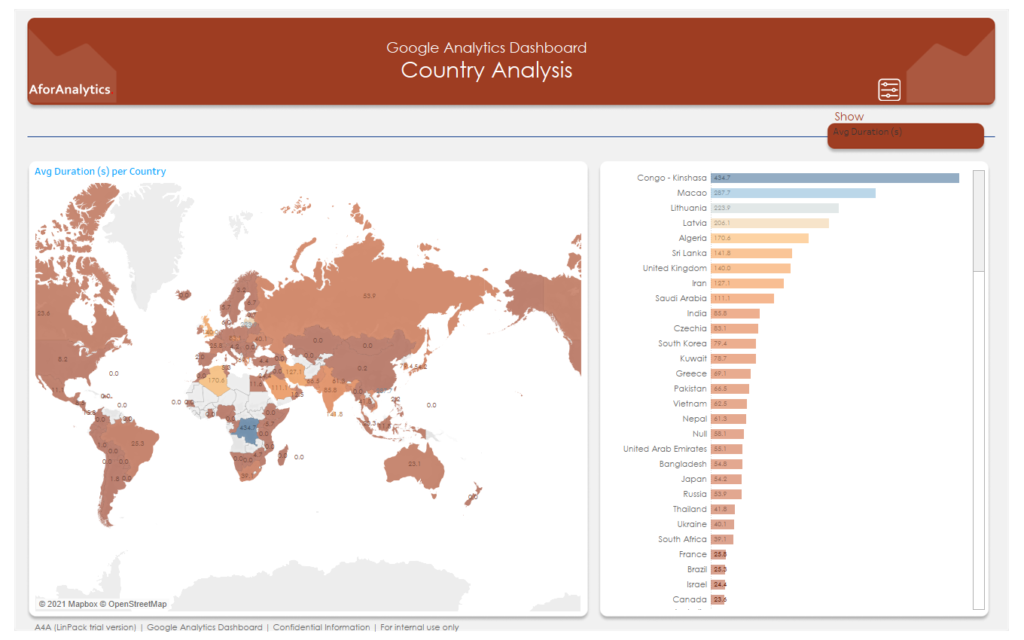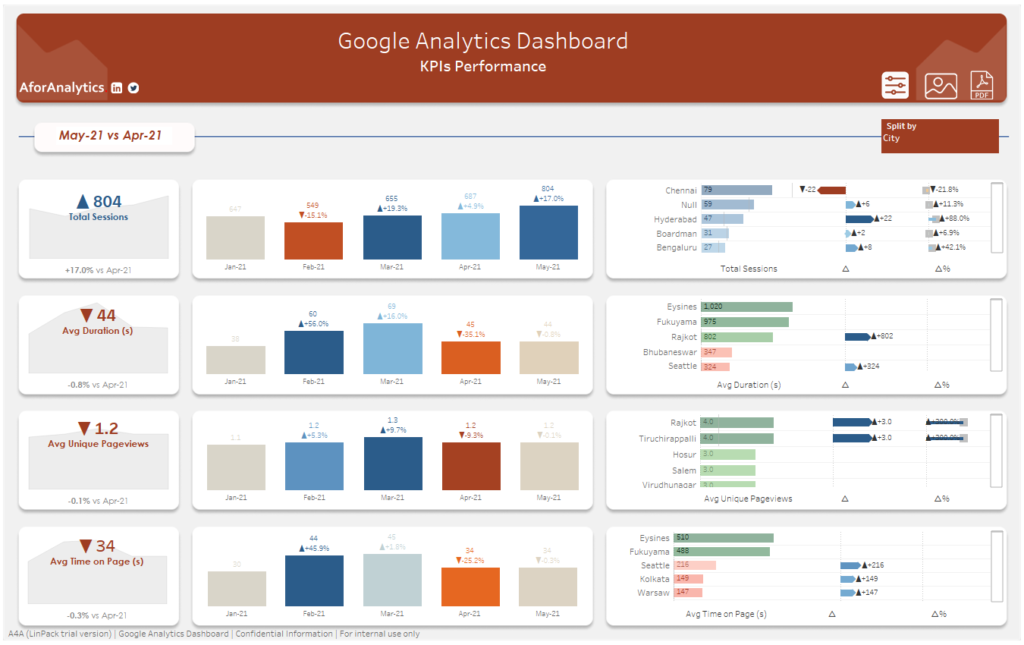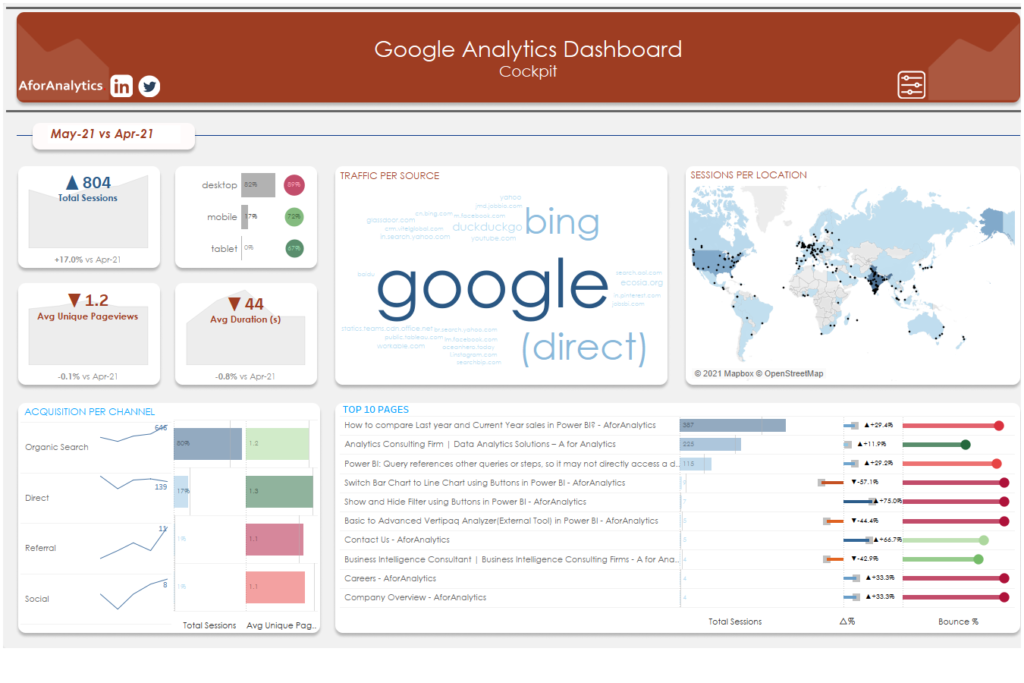
Introduction:
- Machine learning is an exciting and rapidly evolving field in computer science. It empowers computers to learn from data and make predictions or decisions without explicit programming.
- In this comprehensive tutorial, we will explore the basics of ML, including its definition, functioning, main types, and applications.
- Additionally, we will delve into how to get started with machine learning using popular programming languages such as Python and R.
What is Machine Learning?
- Machine learning is a subset of artificial intelligence (AI) that focuses on developing algorithms and models capable of automatically learning from data, identifying patterns, and making predictions or decisions.
- It revolves around the idea of enabling machines to learn from experience and improve their performance over time.
Understanding Machine Learning:
- Machine learning refers to a system of computer algorithms capable of self-improvement through learning from examples, without explicit coding by a programmer.
- By combining data with statistical tools, ML enables the prediction of outputs that provide actionable insights.
- This breakthrough concept allows machines to learn from input data and formulate accurate results through the application of algorithms.
Machine Learning in Practice:
- A common application of ML is in providing recommendations. For instance, popular streaming platforms like Netflix personalize their recommendations based on users’ historical data.
- Tech companies utilize unsupervised learning techniques to enhance user experiences through personalized recommendations.
- Moreover, ML finds applications in various domains, such as fraud detection, predictive maintenance, portfolio optimization, and task automation.
Machine Learning vs. Traditional Programming:
- Machine learning distinguishes itself from traditional programming methodologies. In traditional programming, programmers write rules in consultation with industry experts to develop software.
- As systems become more complex, the number of rules grows, making maintenance unsustainable. ML addresses this challenge by allowing machines to learn the correlations between input and output data.
- This eliminates the need for manual rule-writing every time new data is introduced. ML algorithms adapt and improve their efficacy over time through exposure to new data and experiences.
The Workflow of Machine Learning:
Machine learning follows a systematic workflow consisting of the following steps:
- Problem definition: Clearly define the problem or goal you aim to achieve using machine learning.
- Data collection and preparation: Gather and prepare relevant and representative data related to the problem at hand.
- Algorithm selection: Choose a suitable machine learning algorithm that aligns with your data and problem requirements.
- Training: Train the algorithm by optimizing parameters to minimize errors or maximize accuracy.
- Evaluation: Assess the performance of the trained algorithm on new or unseen data.
- Deployment: Deploy the algorithm for production or use it for further analysis and decision-making.
Machine Learning Algorithms and Their Applications:
Machine learning algorithms can be broadly classified into three types: supervised learning, unsupervised learning, and reinforcement learning.
1. Supervised Learning:
Supervised learning involves learning from labeled data, where the output or target variable is known. It can be further categorized into regression and classification.
- Regression: Regression algorithms aim to find the best-fit line or curve that describes the relationship between input and continuous output variables.
- Classification: Classification algorithms assign input data points to predefined classes or labels.
Examples of supervised learning algorithms include linear regression, logistic regression, decision trees, support vector machines, k-nearest neighbors, and neural networks.
2. Unsupervised Learning:
Unsupervised learning deals with unlabeled data, where no known output or target variable exists. It focuses on discovering hidden patterns, structures, or features in the data and can be divided into clustering and dimensionality reduction.
- Clustering: Clustering algorithms group data into clusters based on similarity or distance measures.
- Dimensionality reduction: Dimensionality reduction algorithms reduce the number of features or dimensions while preserving information.
Popular unsupervised learning algorithms include K-means, hierarchical clustering, principal component analysis, singular value decomposition, and autoencoders.
3. Reinforcement Learning:
- Reinforcement learning involves learning from an agent’s actions and feedback from the environment. Its objective is to find an optimal policy that maximizes rewards or minimizes costs over time.
- Reinforcement learning can be modeled as a Markov decision process.
Key reinforcement learning algorithms include Q-learning, SARSA, policy gradient, and actor-critic methods.
Selecting the Right Machine Learning Algorithm:
Choosing the most appropriate ML algorithm depends on several factors, including:
- Type and size of the data
- Complexity and nature of the problem
- Accuracy and speed requirements
- Available computational resources
- Interpretability and explainability needs
There is no one-size-fits-all algorithm for every problem. It is necessary to experiment with different algorithms, compare their performance using relevant metrics and validation techniques, and fine-tune hyperparameters to optimize results. Ensemble methods, combining multiple algorithms, can also improve robustness and generalization.
Challenges and Limitations:
While machine learning is a powerful tool, it has its challenges and limitations:
- Data quality and quantity: High-quality and sufficient data is vital for effective ML. However, collecting, cleaning, labeling, and storing data can be expensive and time-consuming. Challenges may arise from lack of data, imbalanced data, noise, missing data, or bias.
- Algorithm selection and evaluation: Selecting the right algorithm and evaluating its performance require expertise. The success of ML relies on making informed choices and understanding appropriate evaluation metrics.
Conclusion:
Machine learning has revolutionized the field of computer science, enabling computers to learn from data and make intelligent decisions. In this beginner’s guide, we explored the fundamentals of machine learning, including its types, applications, algorithms, and workflow. Remember that choosing the right algorithm and handling challenges are integral to successful ML implementations. As you dive into the world of machine learning, keep experimenting, learning, and staying updated with the latest advancements in this exciting field.







